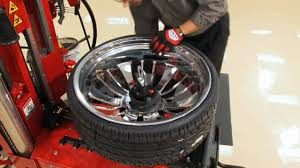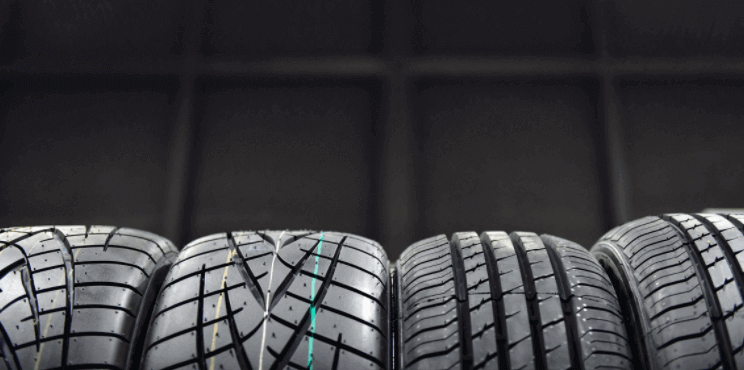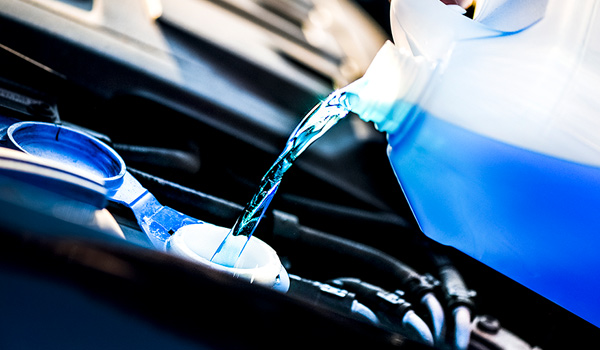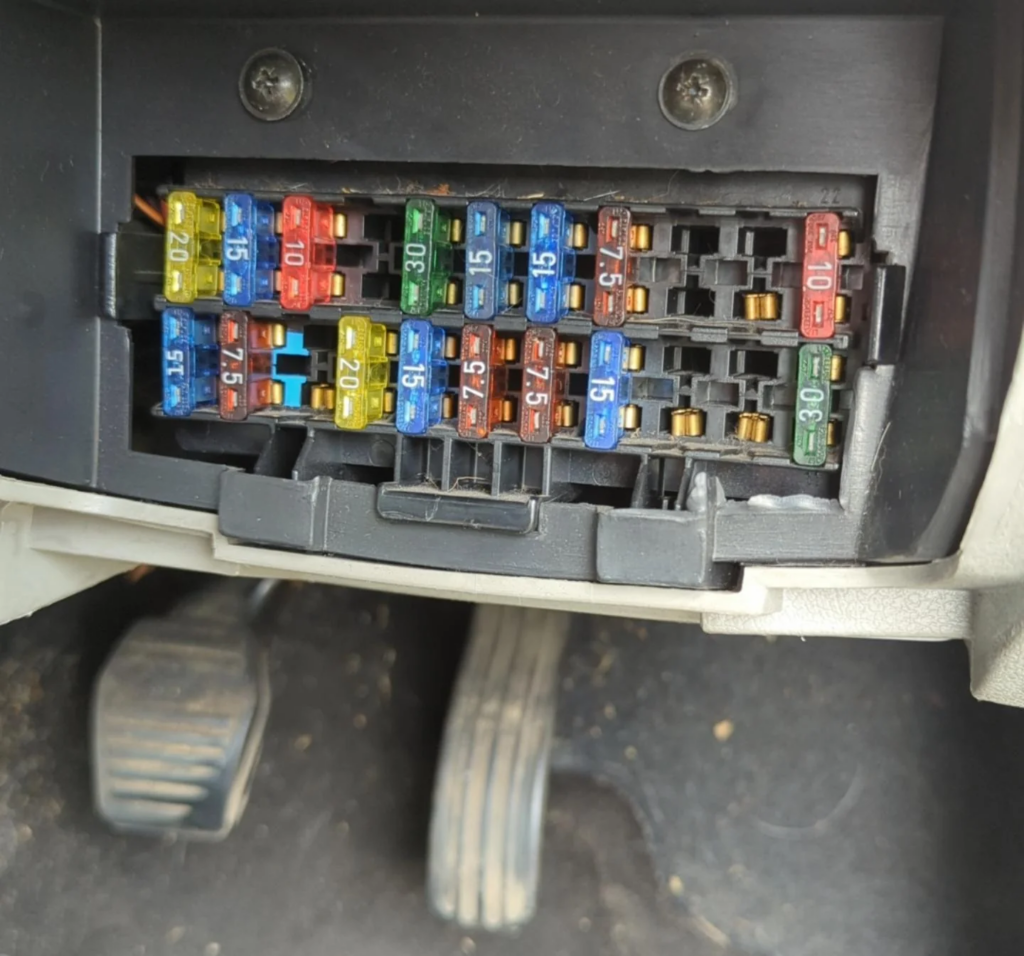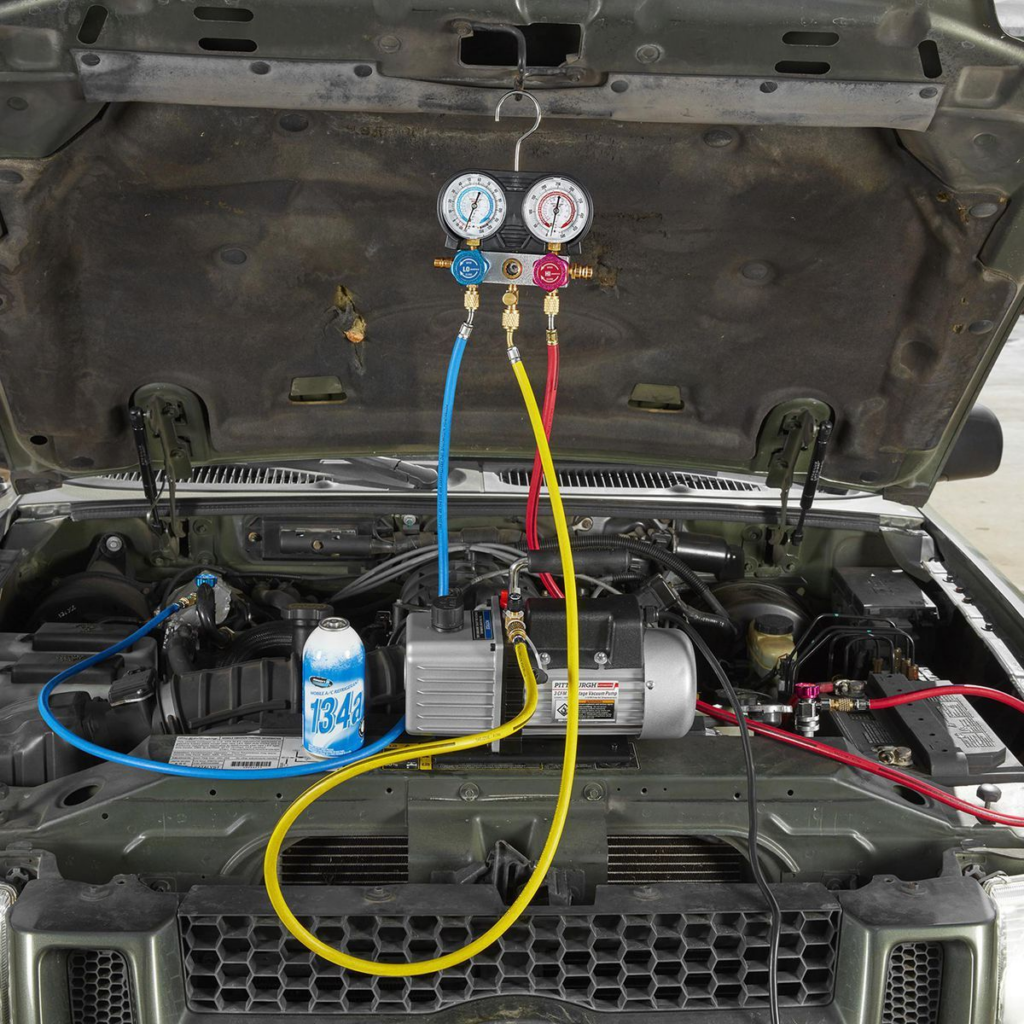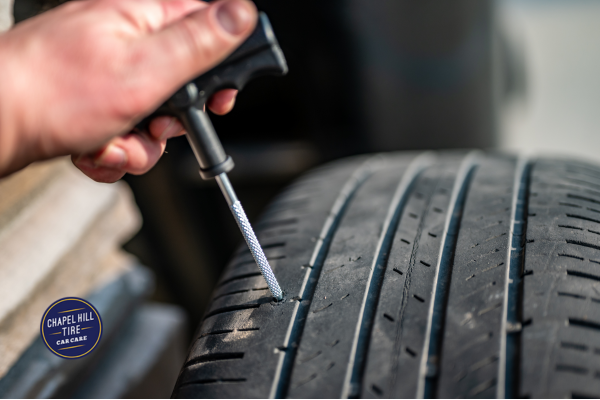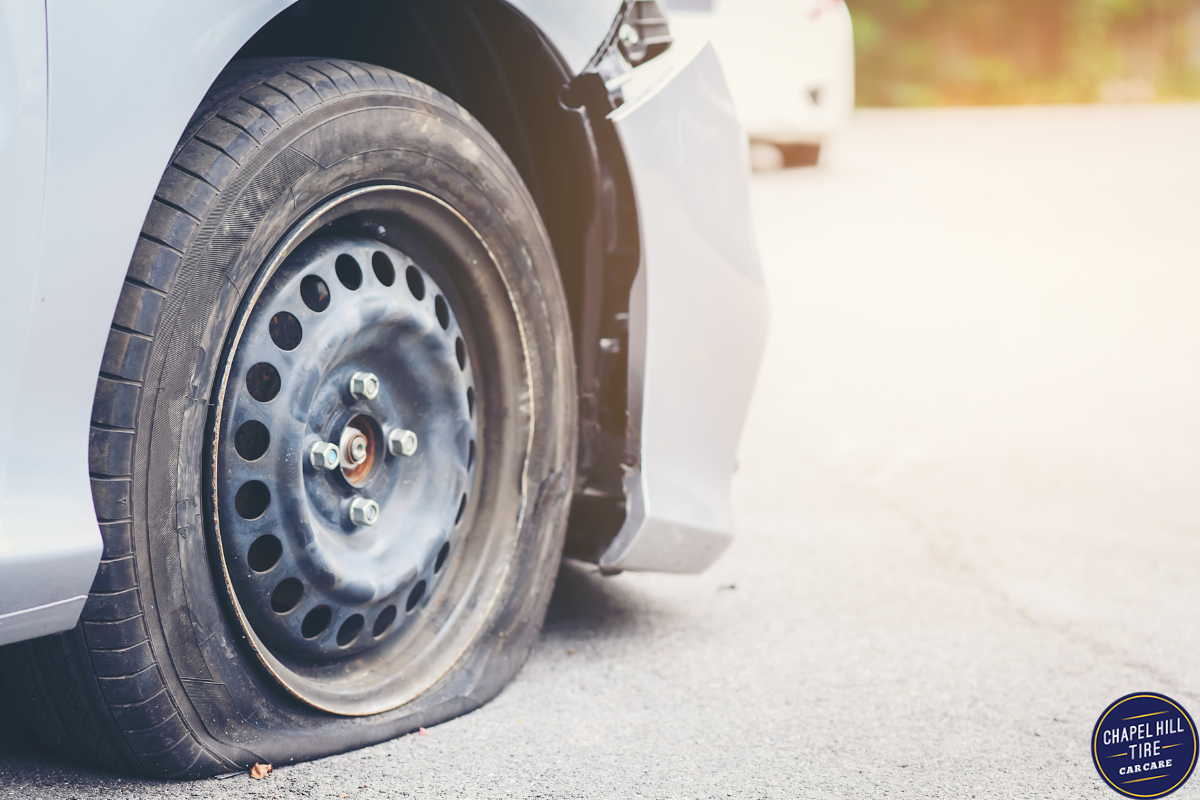Buying new tires can feel overwhelming—there’s plenty to consider, from price and brand to performance and safety. To simplify this essential purchase, this guide walks you step-by-step through choosing the right tires for your vehicle, ensuring you get the best value and performance for your investment.
When Should You Replace Your Tires?
Knowing when it’s time for new tires helps keep you safe and your vehicle running smoothly. Here are clear signs it’s time for replacements:
- Low Tread Depth: Use the penny test by inserting a penny into your tire tread upside-down. If you can see the top of Lincoln’s head, your tread is dangerously low, and it’s time to replace the tire.
- Uneven Wear: Uneven tread wear can indicate alignment or suspension issues.
- Tire Damage: Visible cracks, cuts, bulges, or sidewall damage require immediate attention.
- Vibration: Excessive vibration or wobbling at higher speeds can indicate tire issues.
Selecting the Right Tire Type
The right tire type depends on your driving conditions, climate, and vehicle type:
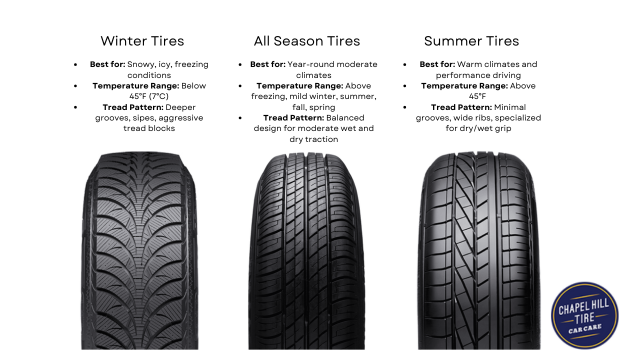
| Feature | All-Season Tires | Summer Tires | Winter Tires |
|---|---|---|---|
| Overview |
|
|
|
| Pros |
|
|
|
| Cons |
|
|
|
Understanding Tire Specifications
Every tire has numbers and letters on its sidewall that indicate its specifications. For example, if you tire has a code of P225/60R 91V, this means:
1. Tire Type (P)
- The first letter indicates the type of vehicle the tire is meant for:
- P: Passenger vehicles (cars, minivans, crossovers, some SUVs)
- LT: Light Trucks (larger SUVs, trucks, and vehicles designed for carrying heavier loads)
- If no letter is present, it’s generally a European metric tire type for passenger vehicles.
2. Tire Width (225)
This number indicates the width of the tire from sidewall to sidewall in millimeters (mm).
3. Aspect Ratio (60)
The aspect ratio is the tire’s sidewall height represented as a percentage of its width. A lower number indicates a shorter (and usually sportier) sidewall, while a higher number means a taller sidewall.
Ensure you choose tires matching your vehicle manufacturer’s recommended specifications, found in your owner’s manual or on a placard in your car door jamb.
4. Construction Type (R)
The letter following the aspect ratio indicates the tire’s internal construction:
- R: Radial construction (layers run radially across the tire)
- D or – (dash): Bias ply (diagonal layers), rare for modern passenger vehicles.
5. Rim Diameter (17)
This number indicates the diameter (size) of the wheel rim (in inches) that the tire is designed to fit.
6. Load Index (91)
The load index is a numerical code indicating the maximum weight the tire can support when properly inflated. It does not directly represent weight in pounds or kilograms but corresponds to a standardized scale.
Common examples:
- 89 = 1,279 lbs per tire
- 91 = 1,356 lbs per tire
- 95 = 1,521 lbs per tire
7. Speed Rating (V)
The speed rating indicates the maximum speed at which the tire can safely operate when properly inflated and under its rated load. It’s represented by a letter from a standardized system.
Common speed rating letters:
| Rating | Max Speed (mph) | Max Speed (km/h) | Typical Use |
|---|---|---|---|
| S | 112 mph | 180 km/h | Passenger cars, minivans |
| T | 118 mph | 190 km/h | Standard passenger vehicles |
| H | 130 mph | 210 km/h | Sport sedans, coupes |
| V | 149 mph | 240 km/h | Performance sedans, coupes |
| W | 168 mph | 270 km/h | High-performance vehicles |
| Y | 186 mph | 300 km/h | Ultra high-performance vehicles |
Balancing Cost and Quality
When it comes to tires, cheaper isn’t always better. Here’s how to make a smart choice:
- Avoid Budget Tires: Extremely inexpensive tires usually have poorer durability, lower safety, and higher overall costs due to frequent replacements.
- Mid-Range Brands: Brands like Yokohama, Cooper, Hankook, and Continental offer a good balance of affordability, safety, and durability.
- Premium Brands: Brands like Michelin and Bridgestone typically offer the highest quality, longest-lasting tires with excellent performance, especially if you regularly face challenging driving conditions.
Where Should You Buy Tires?
You generally have three main options:
1. Local Tire Shops (Such as Chapel Hill Tire)
- Offer personalized expert advice.
- Usually provide services like alignment, rotation, and lifetime balancing.
- Often have competitive pricing and flexible warranties.
2. Online Tire Retailers
- Conveniently compare prices and reviews online.
- Often provide competitive pricing, wide selection, and home or local-shop delivery.
- You will need local installation services after purchase.
3. Car Dealerships
- Often charge premium prices with limited tire selection.
- Usually convenient but rarely the best value for your money.
- Always compare dealership pricing against local or online retailers before purchasing.
Additional Considerations and Services
- Tire Rotation: Regular rotation (every 5,000-7,500 miles) extends tire life and ensures even tread wear.
- Wheel Alignment: Always get an alignment when you install new tires or notice uneven wear to maximize tire lifespan and improve vehicle handling.
- Warranty and Road Hazard Coverage: Choose tires with solid warranties and consider road hazard coverage, especially if you regularly drive on poor-quality roads.
Expert Advice: Maximizing Your Tire Investment
- Always replace tires in pairs or sets of four for balanced handling and performance.
- Invest in quality tires suitable for your climate and driving style, improving fuel efficiency and safety.
- Maintain proper tire inflation to optimize tire lifespan and vehicle efficiency.
Chapel Hill Tire: Your Local Tire Shop
When you are ready to buy new tires, visit the experts at Chapel Hill Tire. We have a vast selection of available tires sure to meet the needs of your car, truck, SUV, or crossover. Our experts even offer a Price Beat Guarantee to ensure that you get the best possible price on your new tires. We work hard to ensure an upgraded customer experience, both online and in-store. Make your appointment at one of our 8 Triangle-area locations (including tires in Raleigh, Chapel Hill, Durham, and Carrboro) or shop online today to get started!
